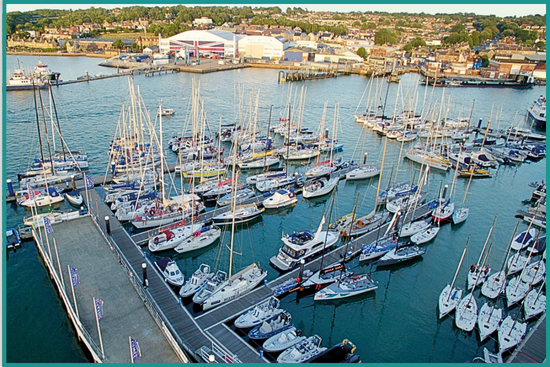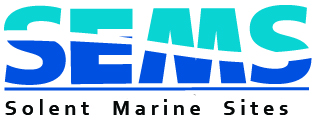
Solent Marine Sites Management Scheme
In the UK, management schemes may be established at European marine sites as a key measure in meeting the requirements of the Habitats Directive. Each scheme is prepared by a group of authorities having statutory powers over the marine area - the Relevant Authorities.
In the Solent, the Solent Marine Sites (SEMS) Management Scheme (MS) was established in 2000; its aim is to conserve and enhance the designated habitats and species through appropriate management measures achieved by co-operation between the Solent's 31 relevant authorities. The MS focus is on managing non-licensable activities, development deemed to be 'plans and projects' is dealt with through existing statutory licensing and regulations. See the Solent Forum's Coastal Consents Guide for more details on regulations and licensing around the coast.
The Management Scheme comprises an annual Relevant Authority survey, a survey report, an annual Management Report and an annual meeting of the Relevant Authorities. To see an overview of the management scheme process, with its annual timescale, please view the SEMS Management Scheme Framework. The meeting and reports are prepared by the SEMS Secretariat, provided by the Solent Forum. Please see our publications page to view the reports.
The SEMS Annual Management Report summarises and assesses the survey responses (from both the online questionnaire and additional information). This report informs and help the SEMS Management Group at their annual meeting in September, where they discuss findings and determine what actions to take forward. Strategic Stakeholders, also have the opportunity to comment and input.
Competent Authority Duties
Competent authorities have a general duty to help protect, conserve and restore the protected habitats and species of European sites in areas under their jurisdiction. In order to clarify how this could apply to the SEMS Management Scheme, we have set out some examples below.
1. Reporting harmful activities to other authorities under whose jurisdiction they fall
- Notify the Environment Agency of water quality breaches, notify IFCAs of illegal fishing activity
- Contact Southern or Sussex IFCA to report illegal shellfish hand gathering or netting
2. General good practice to comply with the Habitats Regulations
- Should work with Natural England, Environment Agency and Harbour Authorities etc. through appropriate mechanisms to reduce their contribution to adverse effects
- Remind planning and land managers, beach staff and other relevant staff that they have a responsibility and remit with regard to protection of SEMS sites
- Link pro-actively across SEMS with other groups seeking to minimise recreational disturbance
3. General good practice to not harm habitats or species
- Maintain a precautionary approach, for example through local neighbourhood planning committees promoting voluntary conservation action
- Promote good practice in waste water management for example supporting Southern Water's Unflushables Campaign
4. Actions that should be reported through SEMS Annual Survey
- Keep a watching brief and report on recreational activities that may be impacting in designated sites
- Report on coastal litter hot spots, especially sites for coastal nesting birds
5. Completion of each authority’s undertakings regarding MS actions
- Use and disseminate the resources and guidance provided in the SEMS activity pages. Support actions arising from the SEMS Management Scheme.


